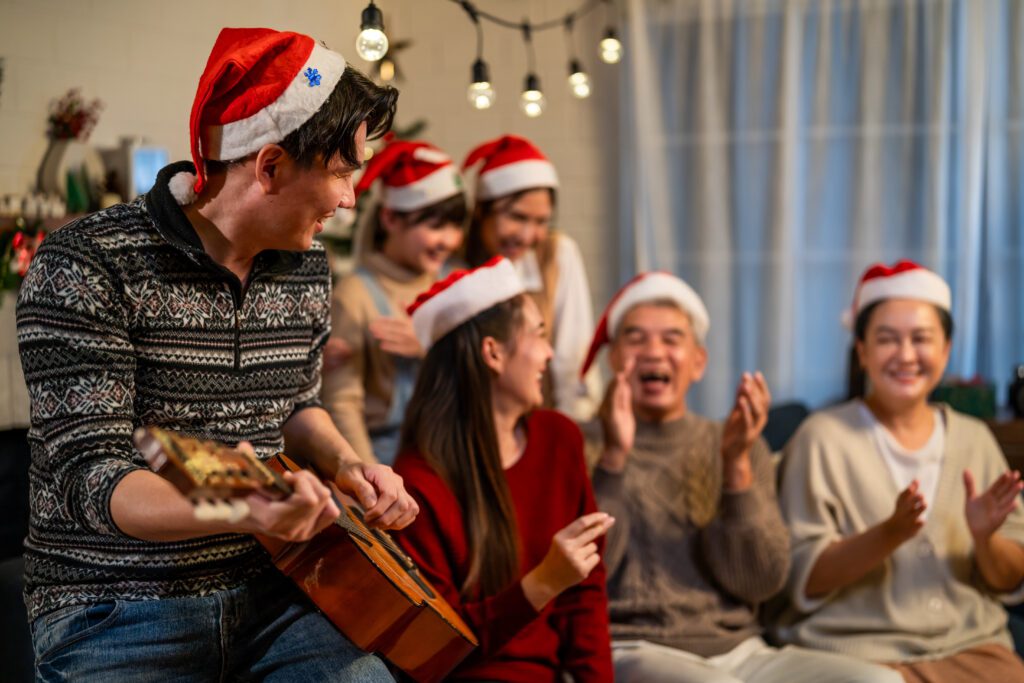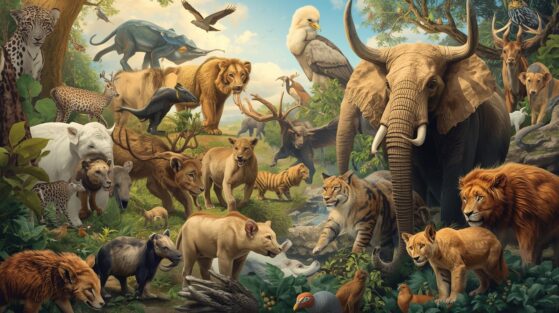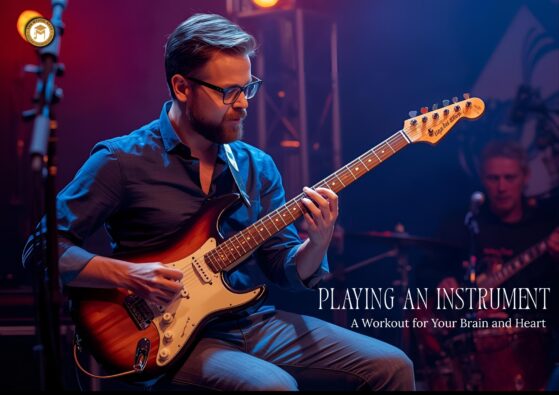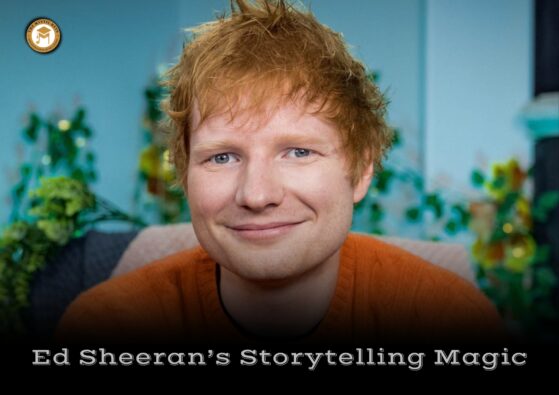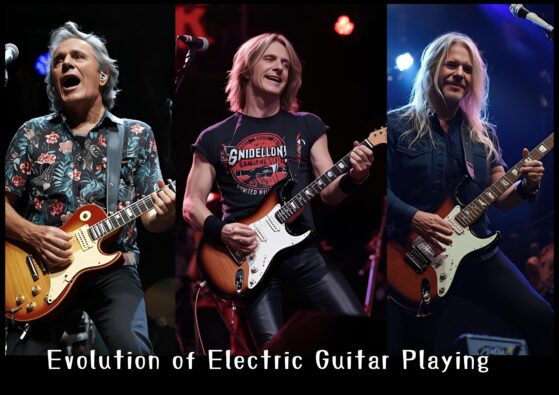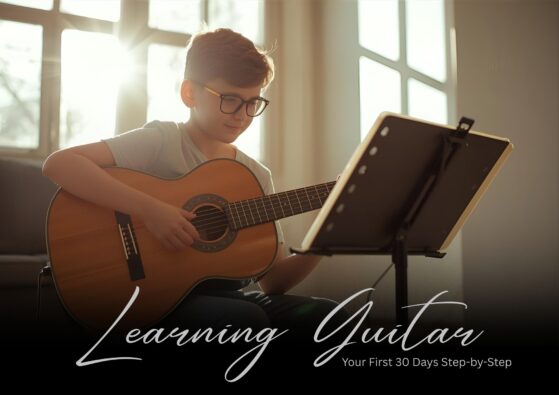The Role of Music in New Year’s Celebrations Around the World
The beginning of a new year is a time for reflection, renewal, and hope. Across continents and cultures, music plays an essential role in marking this transition. From the soulful strains of traditional ballads to exuberant modern anthems, the role of music in New Year’s celebrations is as diverse as it is unifying. At The Mystic Keys, we believe that music is not only an art form but also a powerful force that connects communities and reinforces cultural identity during one of the most significant celebrations of the year.
In this article, we will explore the cultural and historical significance of New Year’s music across different regions of the world, examine its role in setting the mood for new beginnings, and discuss how timeless melodies continue to inspire people as they welcome the coming year.
The Universal Appeal of New Year’s Music
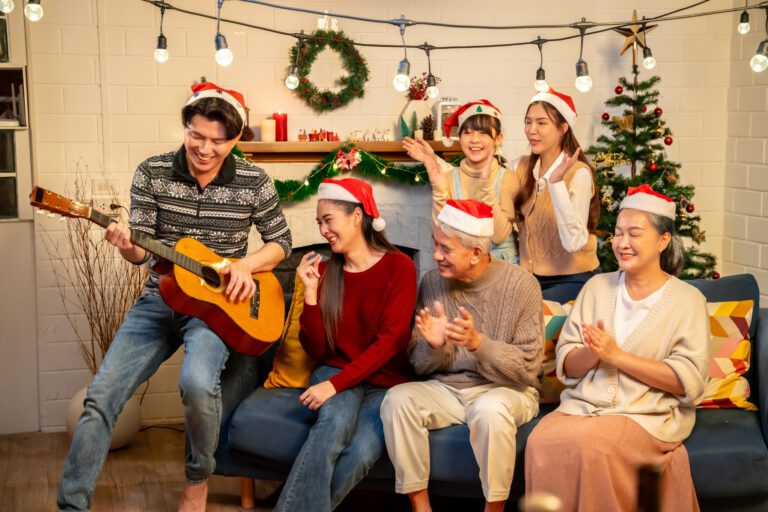
Music is often described as a universal language. Regardless of geographic or linguistic differences, the melodies and rhythms that accompany New Year’s celebrations evoke emotions of joy, hope, and solidarity. Whether through folk songs passed down through generations or contemporary hits that top the charts, music helps communities celebrate both the end of an era and the promise of a fresh start.
The role of music in New Year’s celebrations extends beyond mere entertainment; it serves as a repository for cultural memories and a medium for expressing collective aspirations. For many, the songs sung at midnight become a ritual, a moment of pause to remember the past while looking forward to the future.
Music in Western New Year’s Traditions

In many Western countries, New Year’s Eve is synonymous with grand celebrations and iconic musical traditions. One of the most enduring examples is the Scottish folk song “Auld Lang Syne.” Originally penned by Robert Burns in the late 18th century, this song has become a universal emblem of farewell and new beginnings. At midnight, millions join hands and sing “Auld Lang Syne” as a way to bid adieu to the past year and welcome the future with hope.
In the United States and the United Kingdom, New Year’s Eve is also marked by high-energy party anthems and countdown performances. Television specials such as Dick Clark’s New Year’s Rockin’ Eve have featured performances by renowned artists, making the celebration both a visual and auditory spectacle. The blend of reflective moments with energetic music creates a dynamic atmosphere that resonates with audiences of all ages.
Moreover, in many European cities, classical music holds a special place in New Year’s traditions. For instance, the Vienna Philharmonic New Year’s Concert, featuring Strauss waltzes like the “Blue Danube,” has become a global phenomenon. This performance, broadcast live across continents, symbolizes elegance and continuity, uniting people in a shared celebration of cultural heritage and musical excellence.
Asian New Year’s Music: Tradition and Renewal

Across Asia, New Year’s celebrations are steeped in tradition and ritual, and music is integral to these festivities. While the Gregorian New Year is celebrated in many Asian countries, the Lunar New Year—also known as the Spring Festival in China, Seollal in Korea, and Tết in Vietnam—holds profound cultural significance.
In China, traditional New Year songs focus on themes of prosperity, good fortune, and family unity. Songs such as “Gong Xi Gong Xi” are played during festive gatherings to express wishes for happiness and abundance in the coming year. Accompanied by traditional instruments like the guzheng and erhu, these melodies create a joyful yet reverent atmosphere that underscores the importance of communal celebration.
Japan offers a contrasting yet equally profound musical tradition during New Year’s. In Japan, New Year’s Eve, or Ōmisoka, is observed with a sense of solemnity and renewal. Many Japanese people participate in temple bell-ringing ceremonies, where Buddhist temples chime 108 times to dispel the 108 worldly desires. A traditional song, “Hotaru no Hikari” (derived from the melody of “Auld Lang Syne”), is often played at the end of the night. The song’s gentle melody and reflective lyrics encourage people to leave behind the sorrows of the old year and embrace the promise of new beginnings.
Korea, too, has its own set of musical customs during the New Year celebrations. Traditional folk songs, sometimes performed during formal ceremonies, reflect the hopes and dreams for the coming year. Whether it is through modern pop renditions or classical interpretations, the role of music in Korean New Year celebrations is to foster a sense of unity and renewal.
Latin American Celebrations: Rhythm, Dance, and Joy
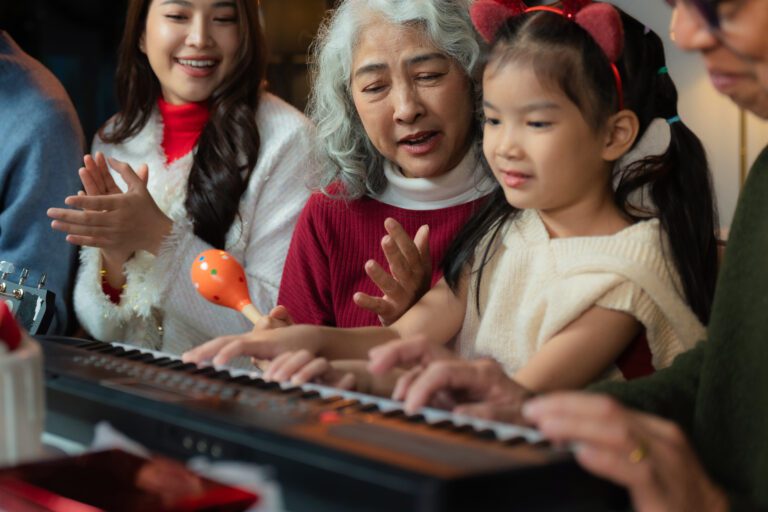
In Latin America, New Year’s Eve is an exuberant affair characterized by lively music and spirited dance. The festive atmosphere is created through a fusion of traditional and modern musical styles, with genres such as salsa, merengue, and cumbia taking center stage.
In countries like Brazil, New Year’s Eve—often celebrated on the beaches of Rio de Janeiro—is a spectacle of dance, fireworks, and continuous music. Samba rhythms fill the air, prompting spontaneous dance parties that last well into the early hours of the new year. Similarly, in Mexico, mariachi bands provide a festive soundtrack that blends the vibrancy of local culture with the warmth of communal celebration.
The dynamic nature of Latin American New Year’s music is not solely about entertainment; it is also a form of cultural expression that celebrates life’s vibrancy and resilience. The infectious beats and rhythmic melodies serve as a reminder that every new year brings opportunities for joy and renewal, uniting communities through shared celebration and dance.
European Musical Traditions: Heritage and Modernity

Europe’s approach to New Year’s music is as diverse as the continent itself. In addition to the classical traditions that dominate cities like Vienna, many European countries have developed their own musical customs that reflect both historical heritage and contemporary influences.
In Italy, for example, New Year’s Eve is celebrated with a mix of traditional songs and modern hits. Classical pieces are often interwoven with popular tunes, creating an atmosphere that is both elegant and exuberant. Similarly, in Spain, the countdown to the new year is accompanied by the famous tradition of eating twelve grapes at midnight—a ritual that is often performed with background music that is both festive and reflective.
Eastern European countries, such as Poland and Russia, combine folk traditions with modern celebrations. In Russia, while the Lunar New Year (Novy God) is the primary festive occasion for many, the Gregorian New Year is also celebrated with music, fireworks, and communal gatherings. Folk songs that evoke the spirit of the past are interlaced with contemporary music, creating a layered celebration that honors history while embracing the future.
Music as a Cultural Connector

Despite the vast differences in musical styles and traditions, one common thread unites New Year’s celebrations around the world: music’s ability to bring people together. Whether through a slow, reflective ballad or an upbeat dance number, music serves as a medium for expressing collective hopes and dreams.
For many, the role of music in New Year’s celebrations is deeply personal. It is not merely background noise but a symbol of continuity and resilience. Traditional songs that have been passed down through generations evoke memories of family gatherings and community celebrations. They remind us that while the passage of time may bring change, the universal language of music remains constant.
Furthermore, modern technology has made it easier than ever to share these musical traditions across borders. Live broadcasts, streaming services, and social media platforms enable people to experience global celebrations in real time. From the live performance of a classical concert in Vienna to the energetic rhythms of a Latin American dance party, music connects us all—even when we are miles apart.
The Role of Music in Fostering New Beginnings
At its core, the role of music in New Year’s celebrations is to inspire hope and reinforce the belief in new beginnings. Every year, as people come together to mark the end of one chapter and the beginning of another, music provides the soundtrack to these transformative moments.
Whether it is the reflective notes of “Auld Lang Syne,” the jubilant beats of contemporary pop, or the soulful strains of traditional folk music, the melodies and lyrics resonate with the collective human experience. They remind us that no matter where we are in the world, the start of a new year is an opportunity to renew our commitments, celebrate our achievements, and look forward to the future with optimism.
At The Mystic Keys, we recognize the transformative power of music. Our commitment to high-quality musical education and curated playlists is rooted in the belief that music has the power to change lives—one note at a time.
Conclusion
The role of music in New Year’s celebrations around the world is a testament to its enduring power as a universal language. From the reflective harmonies of “Auld Lang Syne” in Scotland to the vibrant rhythms of Latin America and the traditional melodies of Asia, music unites diverse cultures in a shared moment of celebration and hope.
As we bid farewell to the old year and welcome new beginnings, let us remember that music is not only a form of entertainment but also a bridge that connects us across time and space. It is a reminder that, regardless of our differences, we all share the same aspirations for a better tomorrow.
At The Mystic Keys, we invite you to explore our extensive collection of music courses and curated playlists to enhance your musical journey. Make this New Year the time to embrace the transformative power of music—celebrate, reflect, and create memories that will last a lifetime.


